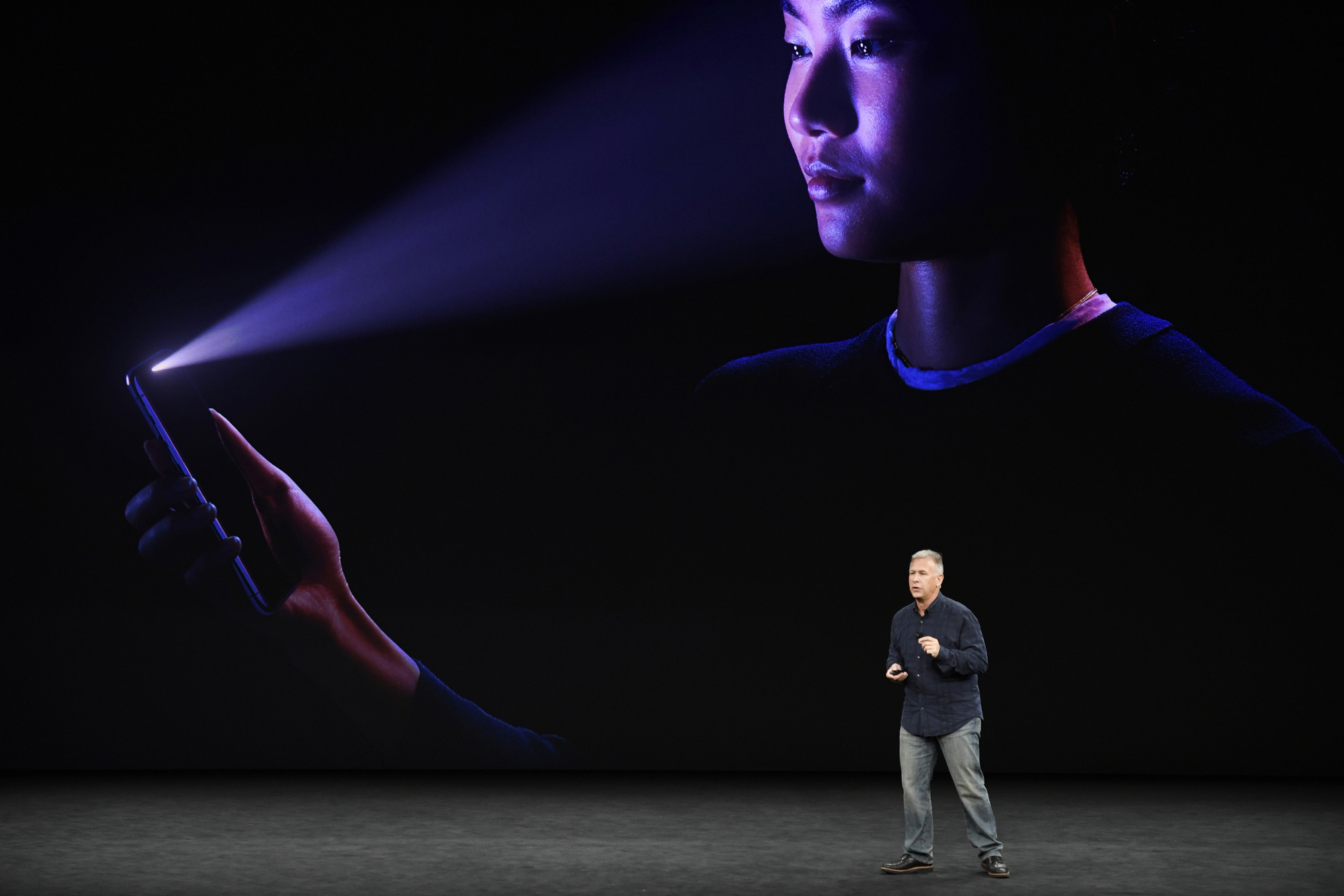As of early fall, it was clearer than ever that production problems meant Apple Inc. wouldn't have enough iPhone Xs in time for the holidays. The challenge was how to make the sophisticated phone — with advanced features such as facial recognition — in large enough numbers.
As Wall Street analysts and fan blogs watched for signs that the company would stumble, Apple came up with a solution: It quietly told suppliers they could reduce the accuracy of the face-recognition technology to make it easier to manufacture, according to people familiar with the situation.
With the iPhone X set to debut on Nov. 3, we're about to find out whether the move has paid off. Some analysts say there may still be too few iPhone Xs to meet initial demand. Ming-Chi Kuo of KGI Securities predicts Apple will have 2 million to 3 million handsets available on launch day and 25 million to 30 million units for the holiday quarter, down from his previous forecast of 40 million. For comparison, Apple sold 78 million phones during the same period last year, although that included all models.



















With your current subscription plan you can comment on stories. However, before writing your first comment, please create a display name in the Profile section of your subscriber account page.